
The History
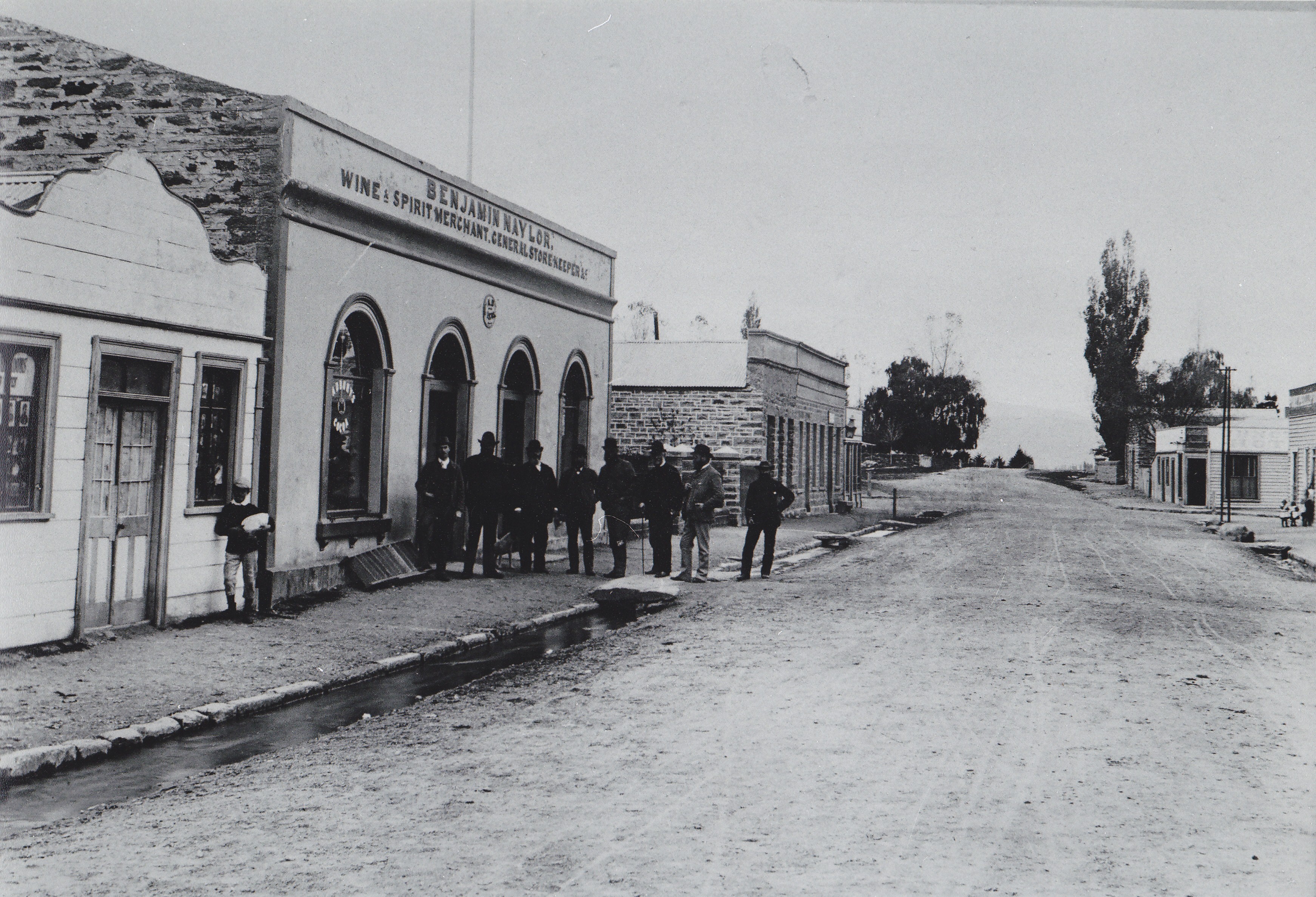
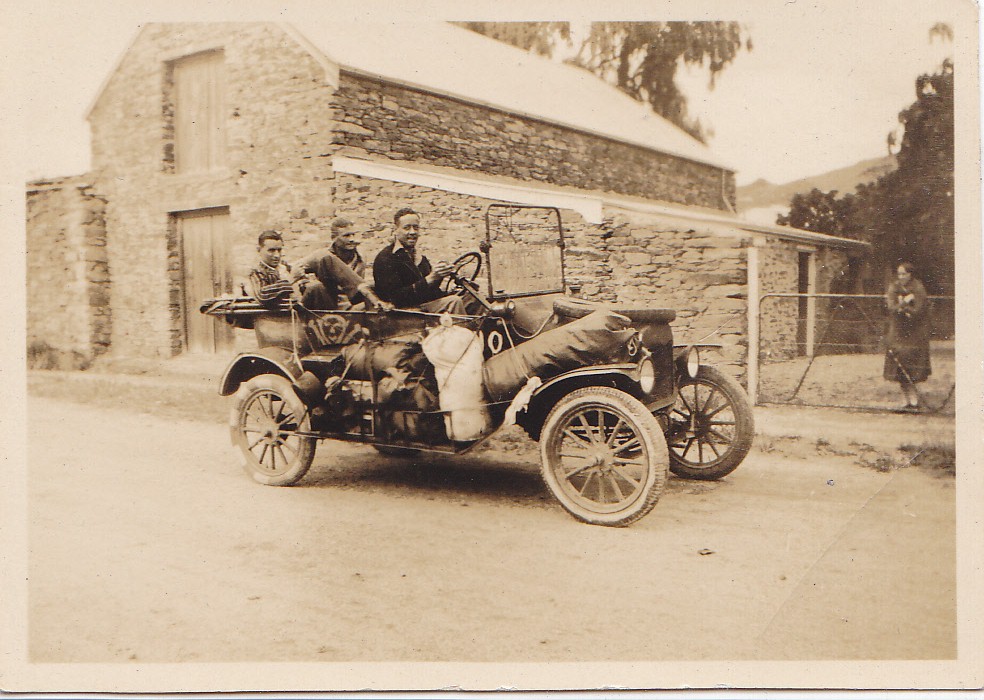
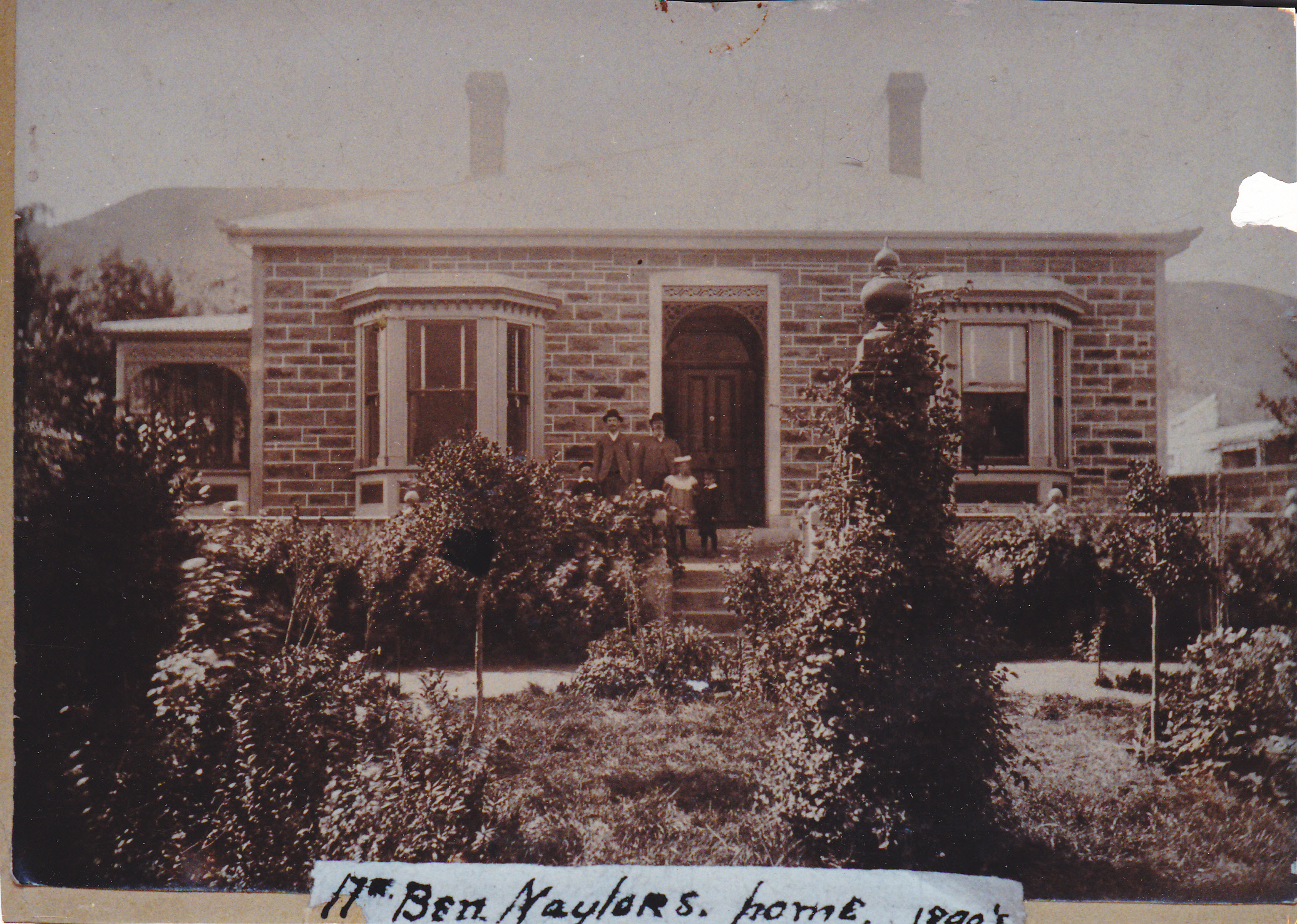
The History of Olivers
OLIVERS - CENTRAL OTAGO'S PROMINENT HERITAGE COMPLEX
Olivers was
established in 1869 by merchant Benjamin Naylor, and is recognised as one of
Otago’s most significant heritage buildings, reinforced by its Heritage New
Zealand category one classification.
Naylor saw
the opportunity in the 1860s to open a store providing provisions to the many
miners who flocked to the nearby goldfield. Called The Victoria Store, it was
housed in what is now the Olivers Restaurant building.
Over the
years and through a series of subsequent owners, the hotel and restaurant complex expanded to form a
group of eight stone buildings and structures. All built in the vernacular style
and spread over half a hectare of land on the corner of Sunderland and Naylor
Streets, in the centre of Clyde.
With the
support of Heritage New Zealand, the current owners Andrea and David Ritchie
have faithfully restored the traditional schist buildings. The homestead, built
by Naylor for his family of seven children, along with the stables, coach and
smoke houses offer boutique guest accommodation 20 minutes from Cromwell.
Benjamin
Naylor made his mark in Clyde for his business acumen and became a significant
local figure and property owner. Following his death the property was sold in
1909 by his wife Mary to another merchant, James Horn of Bannockburn. Naylor’s
Victoria Store continued as a general store and drapery until the late 1960s
when it was converted to a vet clinic by veterinary surgeon Ron Jackson.
The
property passed through the hands of several owners but it was Fleur Sullivan
who launched it into national prominence in 1977 when she opened a highly
successful restaurant in Benjamin Naylor’s store, naming it Olivers. A
prominent business and tourism identity, Fleur had earlier restored the old
Dunstan Hotel in Clyde’s main street, and re-opened it as Dunstan House. She
also created Olivers Lodge accommodation in the existing outbuildings and
homestead and is credited with revitalising boutique tourism in the area.
The vision
has been to once again attain the national and international profile enjoyed by
Olivers during the Sullivan years. Its integral part in the development of
Clyde, combined with its architectural significance and notable tourism role,
ensures the complex is well placed to make a substantial contribution during
the next phase of its captivating story.
===========================================================================================
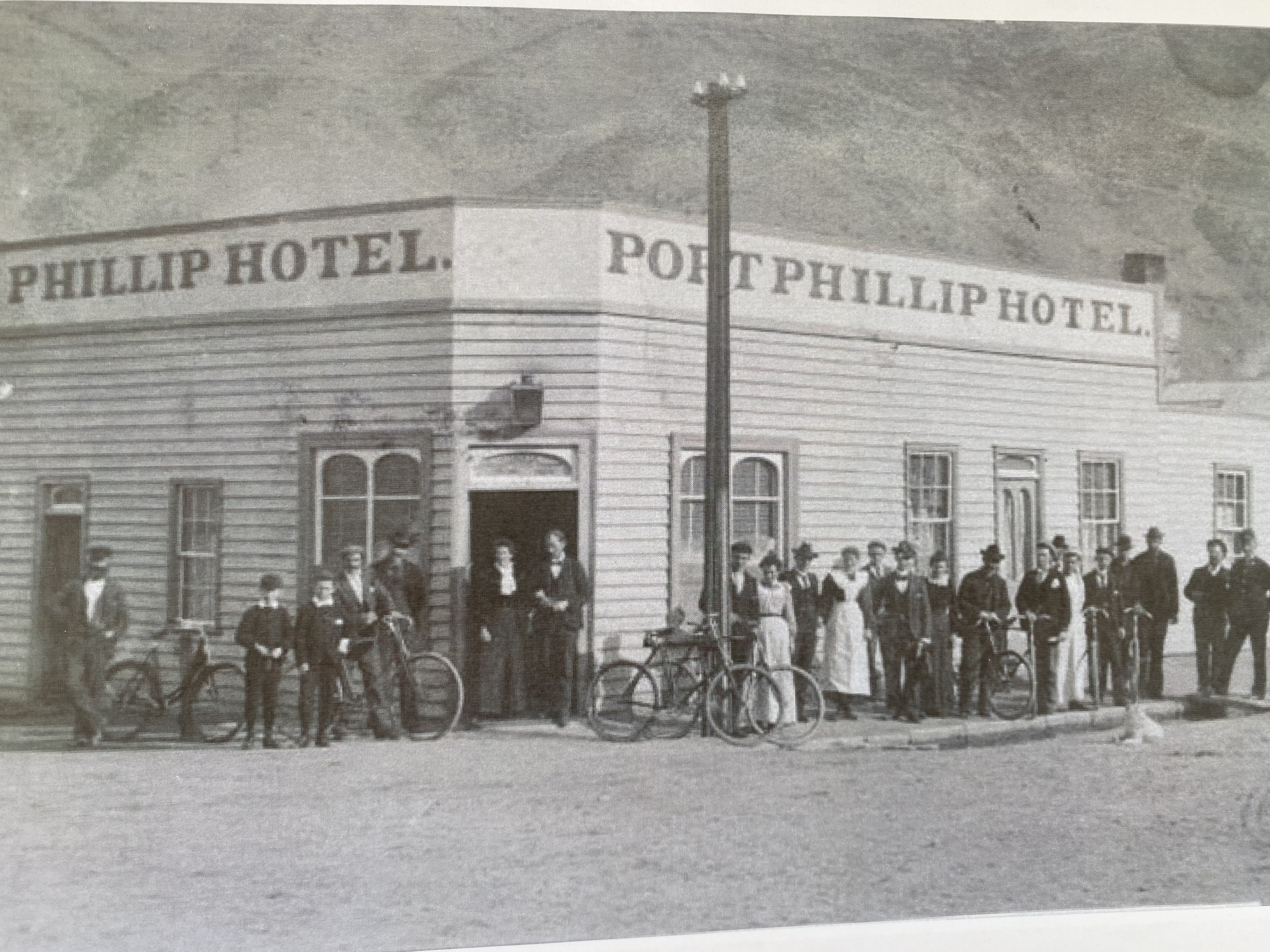
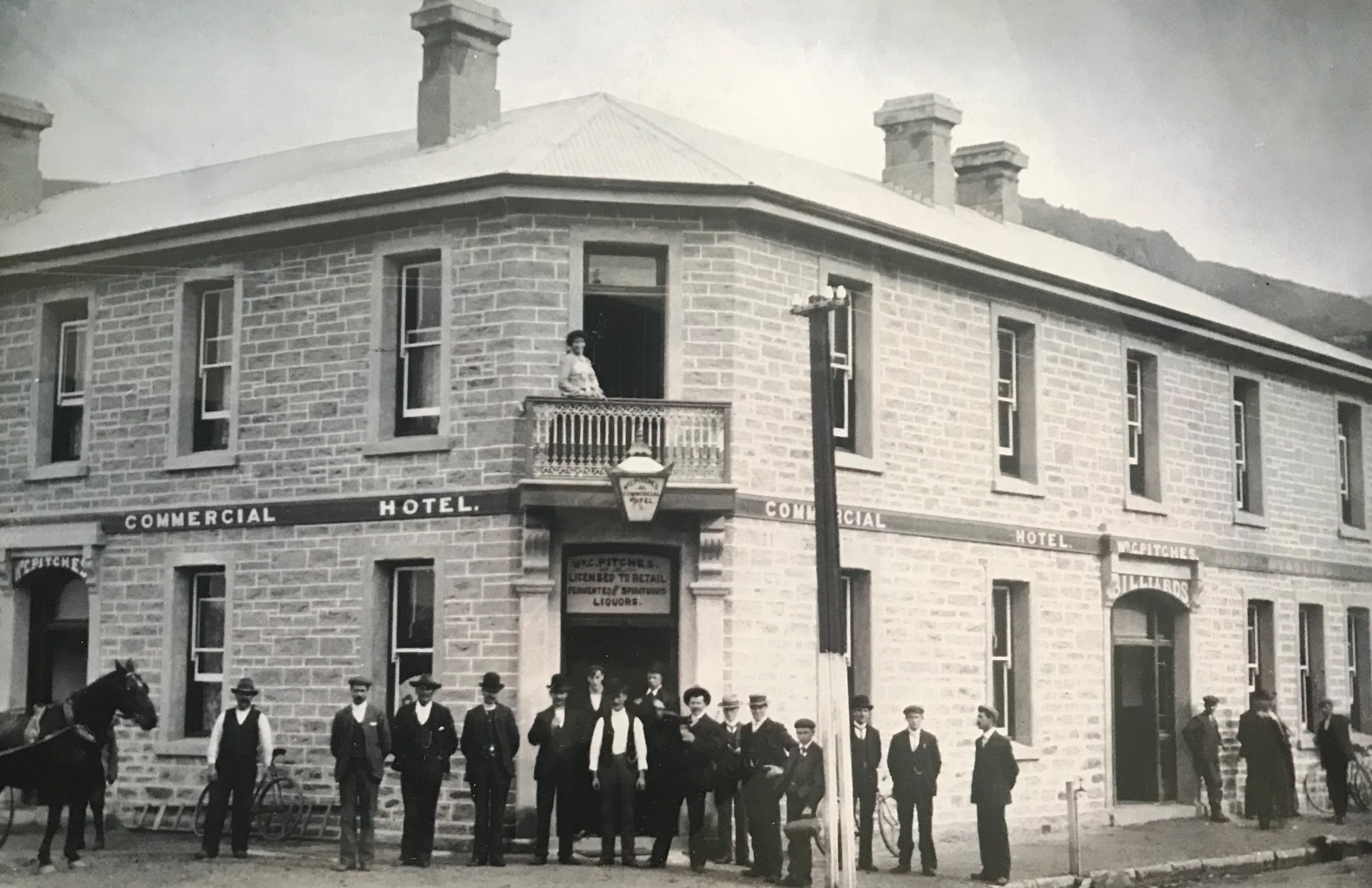

The History of The Lord Clyde
For over 150 years accommodation has been
offered on the site where The Lord Clyde stands. From the canvas and wood
‘Hotel United States’ (1862) to the more substantial ‘Port Philip Hotel’ (1868)
and finally the impressive two-storied stone building of today (1903), the
tradition of offering a warm welcome and fine hospitality continues.
The restoration, preservation and management
of this heritage-listed building has been undertaken by Andrea and David
Ritchie (of Olivers in Clyde) in conjunction with Andrea’s sister Victoria
Hansen.
A Note on The Lord Clyde Name
Clyde (originally Upper Dunstan) was renamed
in 1865 by Surveyor J.T.Thomson, in honour of Colin Campbell, Lord Clyde (1792
- 1863).
Sir Colin Campbell, 1st Baron Clyde, pursued a
military career seeing service in the Peninsular Wars, the China War, the Sikh
War of 1848 and the Crimean War. He was commander-in-chief in India in 1857-60
at the time of the Indian Mutiny and recaptured Lucknow. In 1862 he was created
field marshal and died, unmarried, the following year.
As Sir
Colin Campbell, he served as Aide-de-Camp to Queen Victoria from 1842 to 1854.
Upon dining with Queen Victoria at Windsor, she found him ‘a charming, frank,
merry old soldier, very agreeable & attractive ……. he has all the good
manners of an older generation, which are not seen now alas!’




